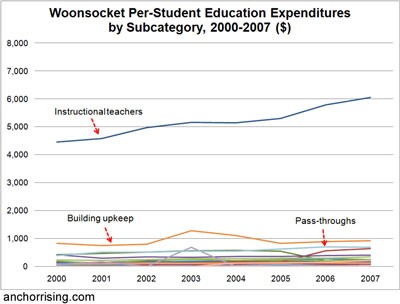Districts trudge through tedious steps for bigtime cash school improvements
Post on: 31 Май, 2015 No Comment

Additional content
To see an infographic about the life cycle of school bonds, click here.
Related Media
It took less than two hours, on a Thursday, for high-profile investors from across the United States to cement a financial relationship with a Kersey school district. It’s doubtful the large financial institutions that snapped up $16.5 million in school bonds from the Platte-Valley Re-7 School District have ever visited the town of 1,500.
It’s not like it mattered. Their money is still good here.
“I had a phone conversation with the folks at (George K. Baum and Company),” said Platte Valley Superintendent Glenn McClain. “Apparently, this was a good day to be in the bond market.”
That conversation, and the bond sales, happened between 8:45-10:30 a.m. last Thursday. Ault-based Highland Re-9 and Grover-based Pawnee Re-12 school districts have sold their own, smaller bonds after getting voter approval in November.
But as exciting as selling $16.5 million in bonds might seem, it wasn’t likely that McClain was spiking footballs in celebration afterward. It’s likely hard to get excited when the extent of physicality required is a few simple mouse clicks.
“I got an email from the bond attorney,” McClain said. “I’ll have to sign a bond purchase agreement…Next week, I will get closing papers. In two weeks, those closing papers are filed and the money actually transfers to the school account.”
Exciting stuff, huh?
For school districts, it likely is. The folks in Kersey, Ault and Grover will have better schools thanks to the investment. Platte Valley projects will wrap up in the summer of 2016.
The money, approved by voters in November, will go toward numerous district-wide improvements in those districts.
The process of getting to a point of celebration starts long before those few, crucial mouse clicks.
Take a look below at the life of a school bond, or click the PDF graphic attached to see what, exactly, goes into selling bonds.
Develop a plan
School districts usually hire an architectural or engineering consulting firm to put together a district master plan and/or itemize needed improvements. School boards prioritize their needs and usually solicit community input before settling on a bond amount and intended use.
Ask for money
School boards must approve ballot language by early September to have their bond issue appear on the November ballot.
Pass the bond
The issue committee often runs a campaign to get the bond passed. Usually, those committees spend very little compared to candidates for elected office. The committees stress the positive impacts the bond issue will have on the school district and the community.
Accept election results
A formality after a bond election, the local school board must officially accept election results and begin work to ready the bonds for sale.
Sell yourself
Just like a prospective homebuyer looking to take out a mortgage, school districts must put together an exhaustive package of information so potential investors know what they’re getting into. This information can also be used by a credit rating agency, such as Moody’s, to rate the bonds.
Sell the bonds
Municipal bonds are often sold in $5,000 increments. Often, about 20-30 institutional investors, such as banks or mutual funds, buy up these bonds. Today, municipal bonds offer a slightly stronger return on investment than other investments, generally, and there are some tax advantages. Individual investors usually fall into one of two categories: “Buy and hold” investors might have a child going to college in 10 years, so they’ll purchase bonds from a school district that are supposed to be fully repaid (with interest) after 10 years. “Traders” go in and out of the bond market often to take advantage of pricing fluctuations and make fast cash.
Put in work
School districts can immediately start work on capital improvement projects after selling their bonds. Sometimes, districts will do a split-sale, where they sell a certain number of bonds at one time and the other portion at a later date. Sales can be split multiple times for numerous reasons, including spreading out the work over the course of a few years.
Pay the bills
Twice per year, the school district must pay down portions of its newly acquired debt. The district pays a sort of middleman called a paying agent, which then distributes that money to potentially dozens of investors. The largest paying agent is the New York City-based Depository Trust Company. The district pays down its debt by collecting more property taxes from voters, one of the stipulations voters agreed to when they voted “Yes” on the bond issue.
Dot this I’s and cross the T’s
Districts with outstanding bond debt must file an annual report called a Continuing Disclosure Agreement. That report is filed with the Municipal Securities Rulemaking Board, and includes much of the same information compiled before the sale of the bonds. The information is publicly available and is intended to provide transparency to investors. Those investors may not like the information on this annual disclosure, but their only recourse is to sell the bonds to a different investor.
Join the Conversation View and add comments














